fall inside a hole
2-Speed Shinkansen Set (1987)
1990 Thailand reprintOriginally written August 2023
Expanded April 12, 2024
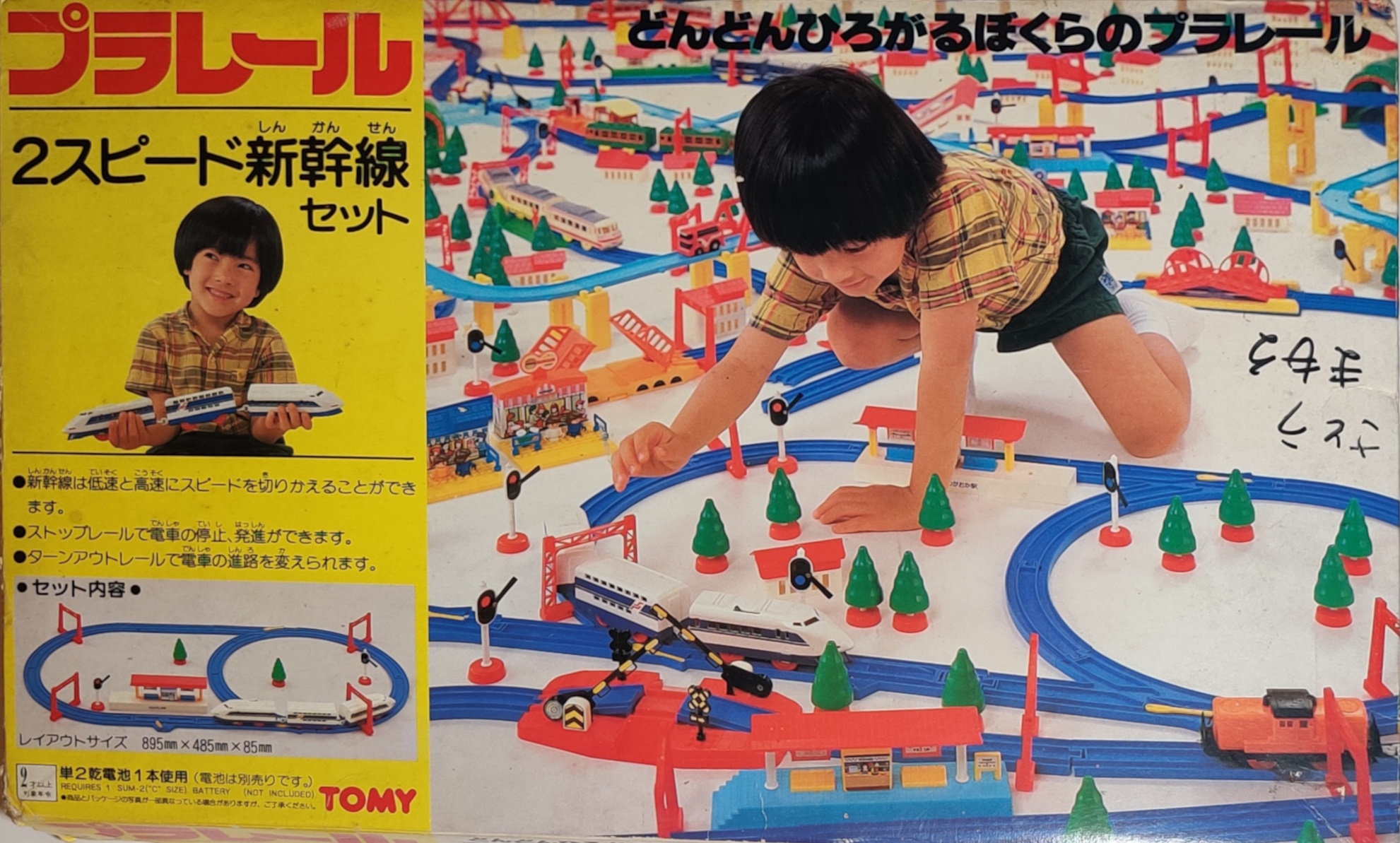
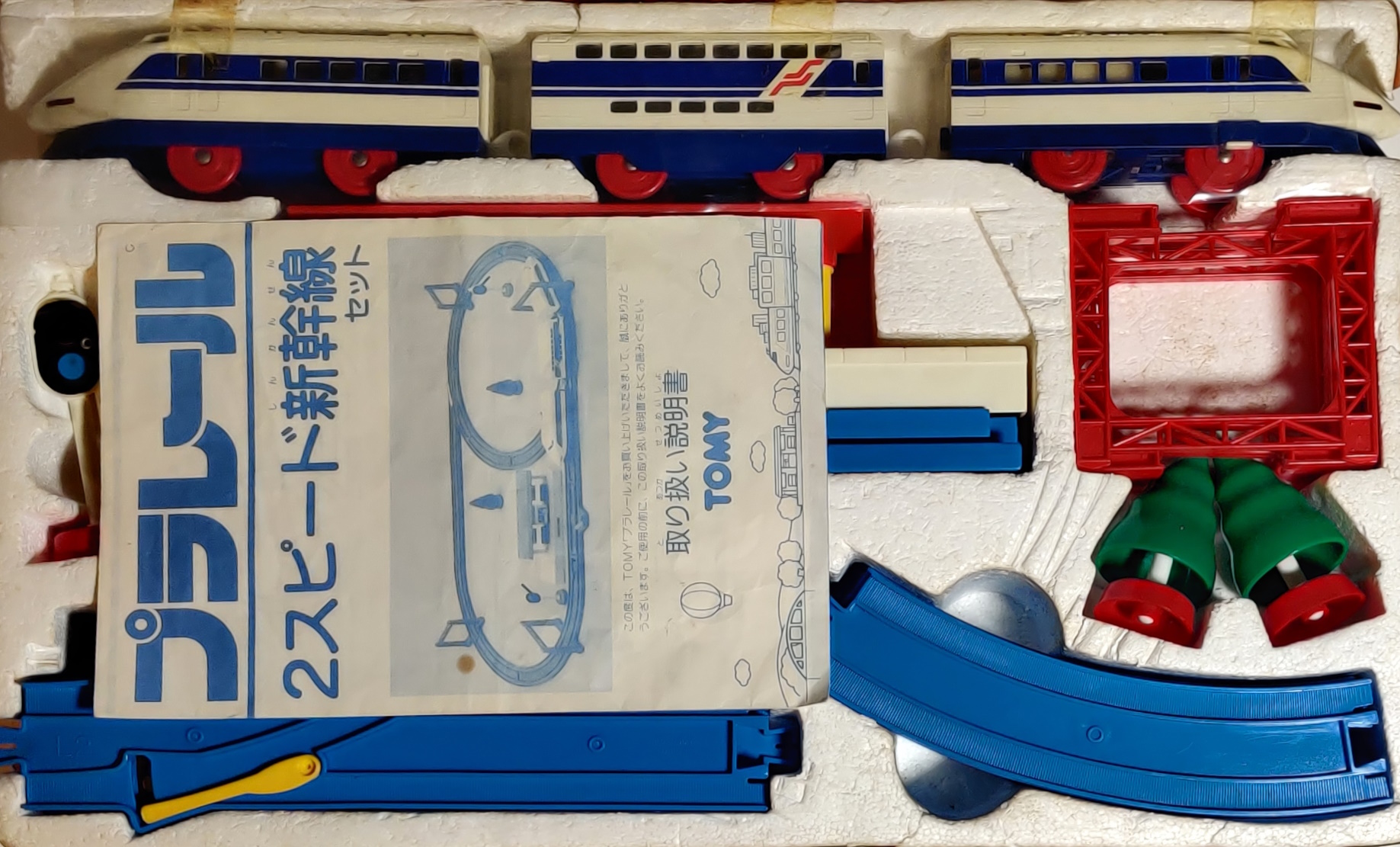
The 2-Speed Shinkansen Set (2スピード新幹線セット) was released in 1987 and features
the two speed version of the 100-series Shinkansen and the passing loop
layout that was used in many basic sets. Layouts shown on the front, top,
and bottom of the box show a variety of later 1980s
Block Bridge Girders with
Plaroad road and
new power trains. The single speed 100 series
Shinkansen with a light in the nose was previously released in the
very similar Basic No.2 Set New Shinkansen with Lights set in 1985
which was itself an update of the 1982,
1979, and
1977 Basic No.2 sets.



The left side of the box has a pre-1990 style ST mark indicating it was printed in 1989 ahead of the first Thailand production run. A section above the ST mark says, approximately: We take the utmost care in manufacturing our products, but if you have any concerns, please contact us using the information below. This set is made up of common components and is in itself fairly common. The manual in my boxed copy actually is from a second copy of the set found loose, and I probably have the components to put together three or maybe even four copies of this set including the 2-speed 100 series.
I have recently (April 2024) acquired most of the parts to a Japan-made issue of this set, some components of which are shown towards the bottom of this page. if I ever end up with a Japanese boxed copy, the page will be further updated. This set was also sold with dark blue rails in Germany as Tomy Express Set 2.
Set contents| Quantity |
Item |
Photo |
|---|---|---|
| 3 pieces | 2-Speed Shinkansen (new power 100 series Shinkansen with two-speed gearbox) |

|
| 1 | R-01 Straight Rail |

|
| 10 | R-03 Curve Rail |
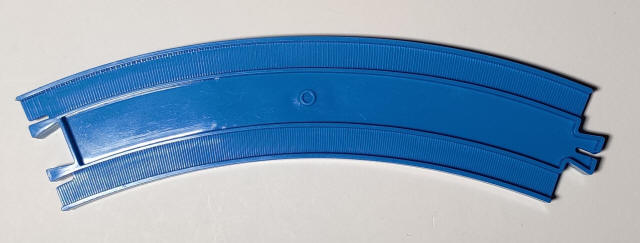
|
| 1 | R-08 Stop Rail |

|
| 2 pieces | R-11 Turnout Rail (one pair) |
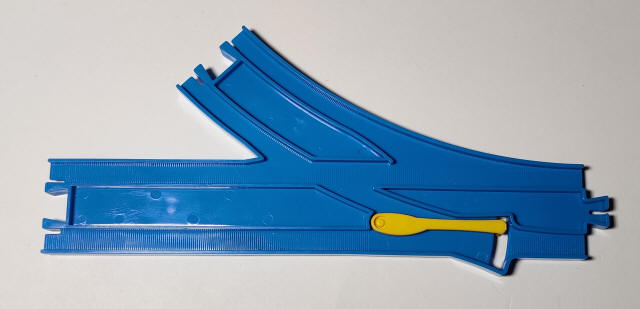
|
| 1 | J-22 Elevated Station |
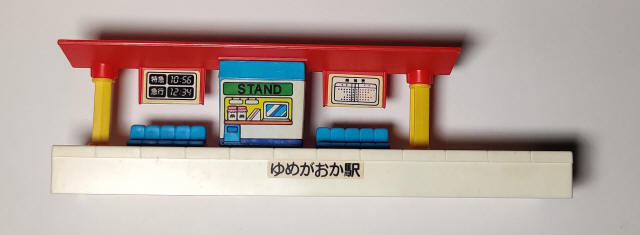
|
| 4 | Catenary |
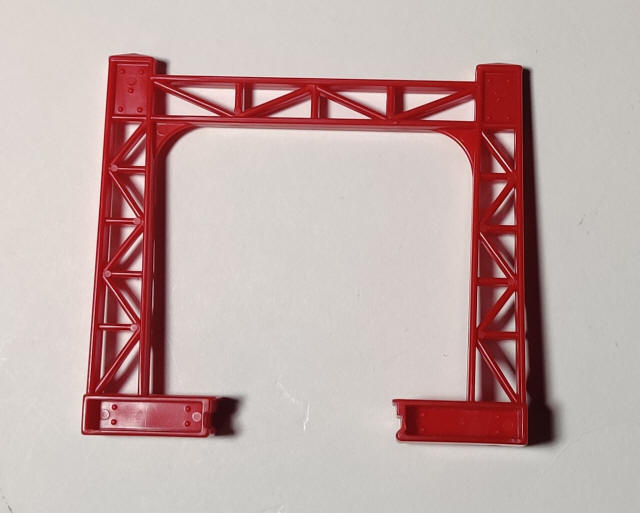
|
| 2 | Standing Tree |
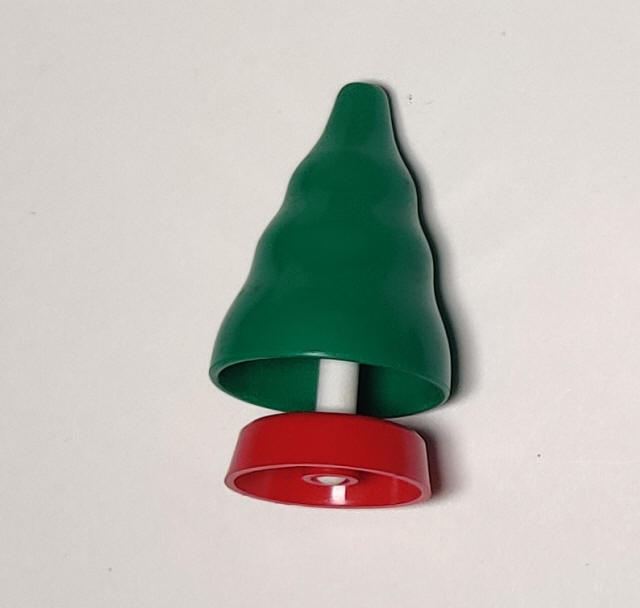
|
| 2 | Signal |
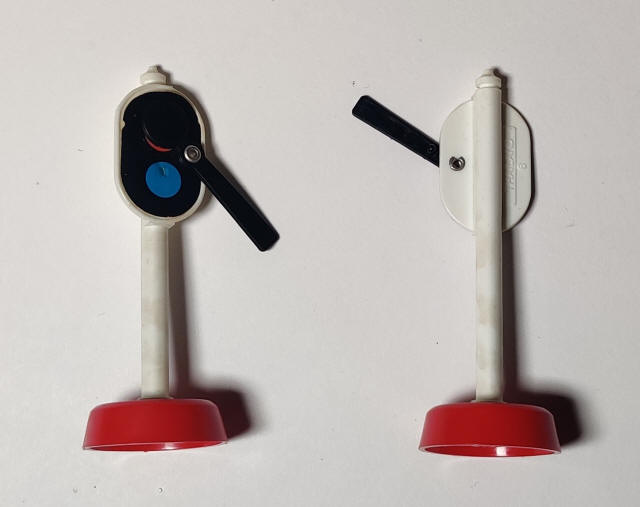
|
The 100 series Shinkansen was introduced in 1985 to run the faster Hikari service on the Tokaido and Sanyo Shinkansen lines. 100 series trains actually came after the 200 series trains due to the numbering schema of Japanese National Railways at the time. 100 series trains had a sharp "shark nose" front and double-decker coaches and were originally decorated with the stylized NS seen on the Plarail intermediate car for "New Shinkansen."
The two-speed variant of the 100-series Shinkansen was introduced in 1987 and was built out of the same chassis as the existing 100 series with lights with a new two-speed gearbox. The early version of the gearbox with a darker switch can be seen on the lid of the box, with this later example having a white switch. An example of the black power switch 100 2-speed 100 series can be seen in the section below covering an earlier Japan-produced copy of this set or on the page for the other 1987 set to feature it, the 2-Speed Shinkansen Three-Dimensional Station Set. The shell and chassis are largely unchanged from the lit version.

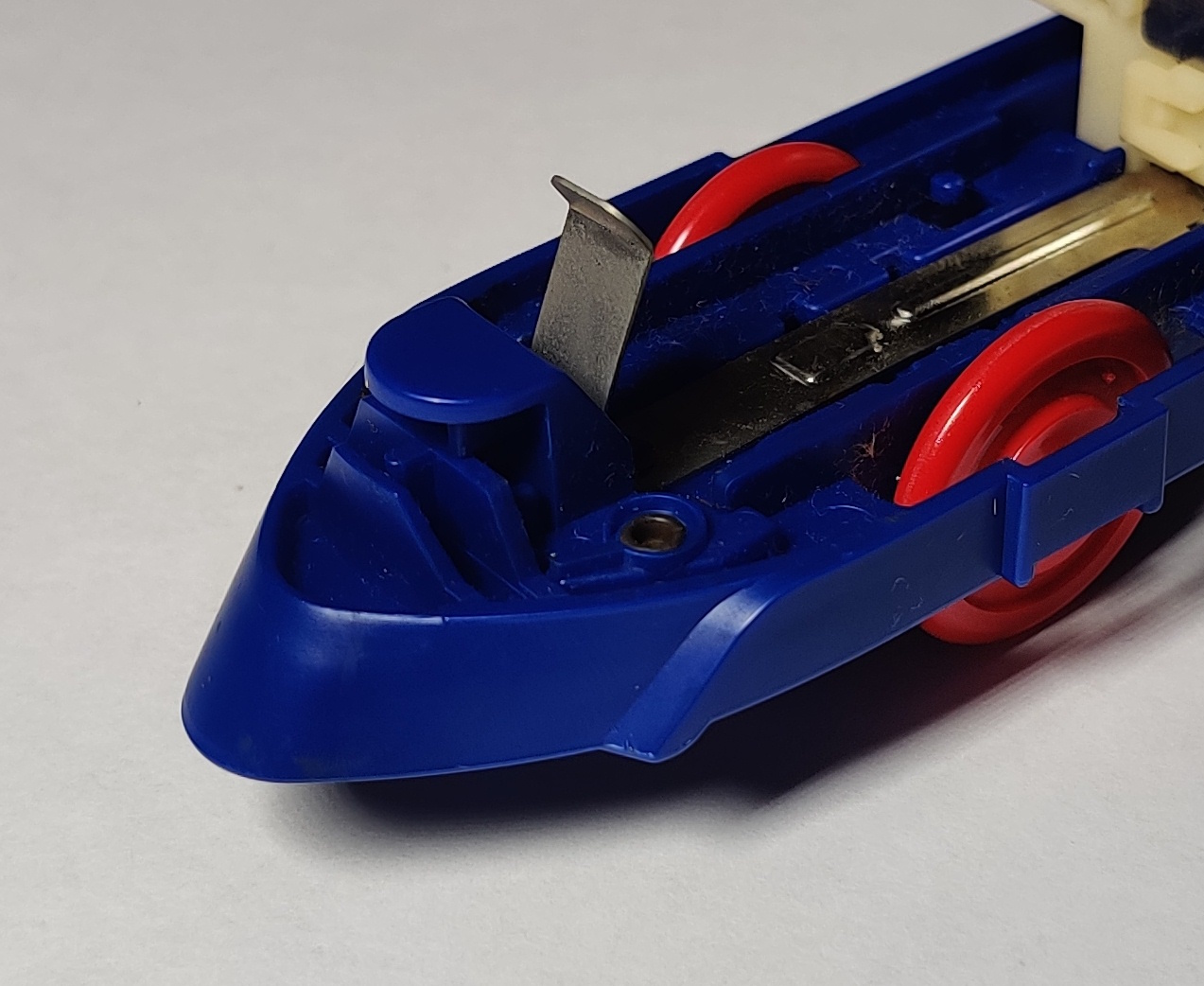
The original 1987 release of this set would have been entirely made in Japan, as Tomy did not begin production in Thailand until 1989. The ST-nn number on my box being 8 implies that the box was printed in 1988 ahead of the set's contents being produced in Thailand in 1989. This example is probably the first reissue of the set to be produced in Thailand, and one of the earlier sets produced in Thailand in general.
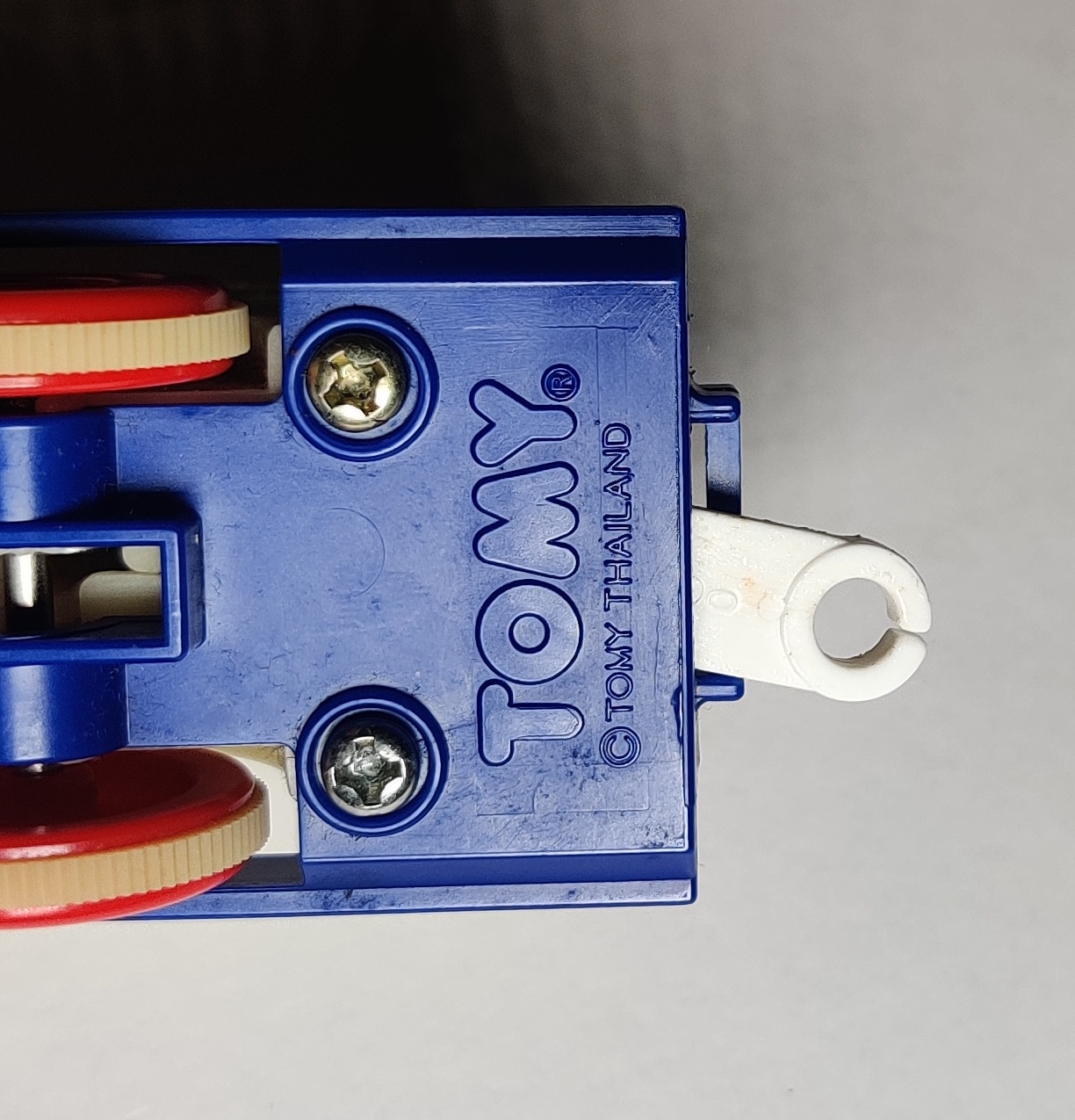
This set includes the basic layout popularized in the 70s and earlier 80s as the Basic No.2 Set with various engines and period accessories. This set was the first to use the new Elevated Station, although as in most cases the station is not elevated.
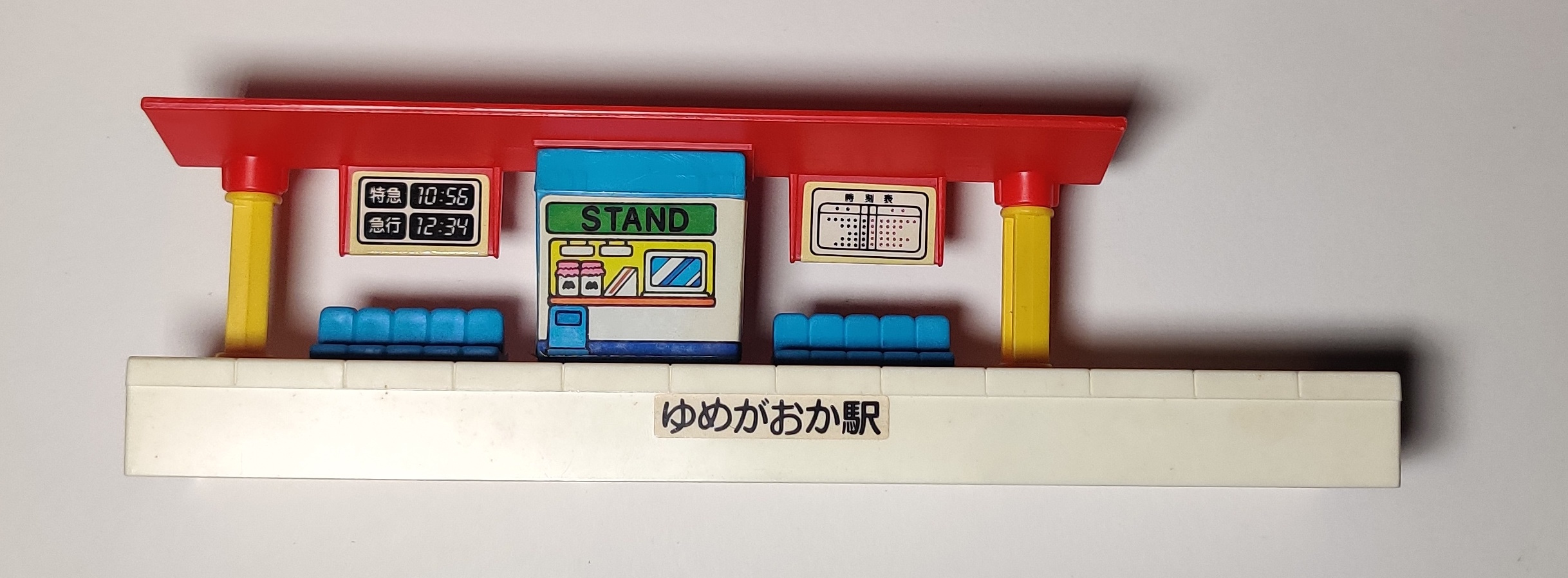
The rails, trees, signals, and wire catenaries are all early made in Thailand examples. Curved rails are marked with molding numbers presumably to keep track of which part of a particular mold pieces came out of in case one mold started to develop imperfections. In earlier production runs of this set from 1987 these accessories and rails were all made in Japan.
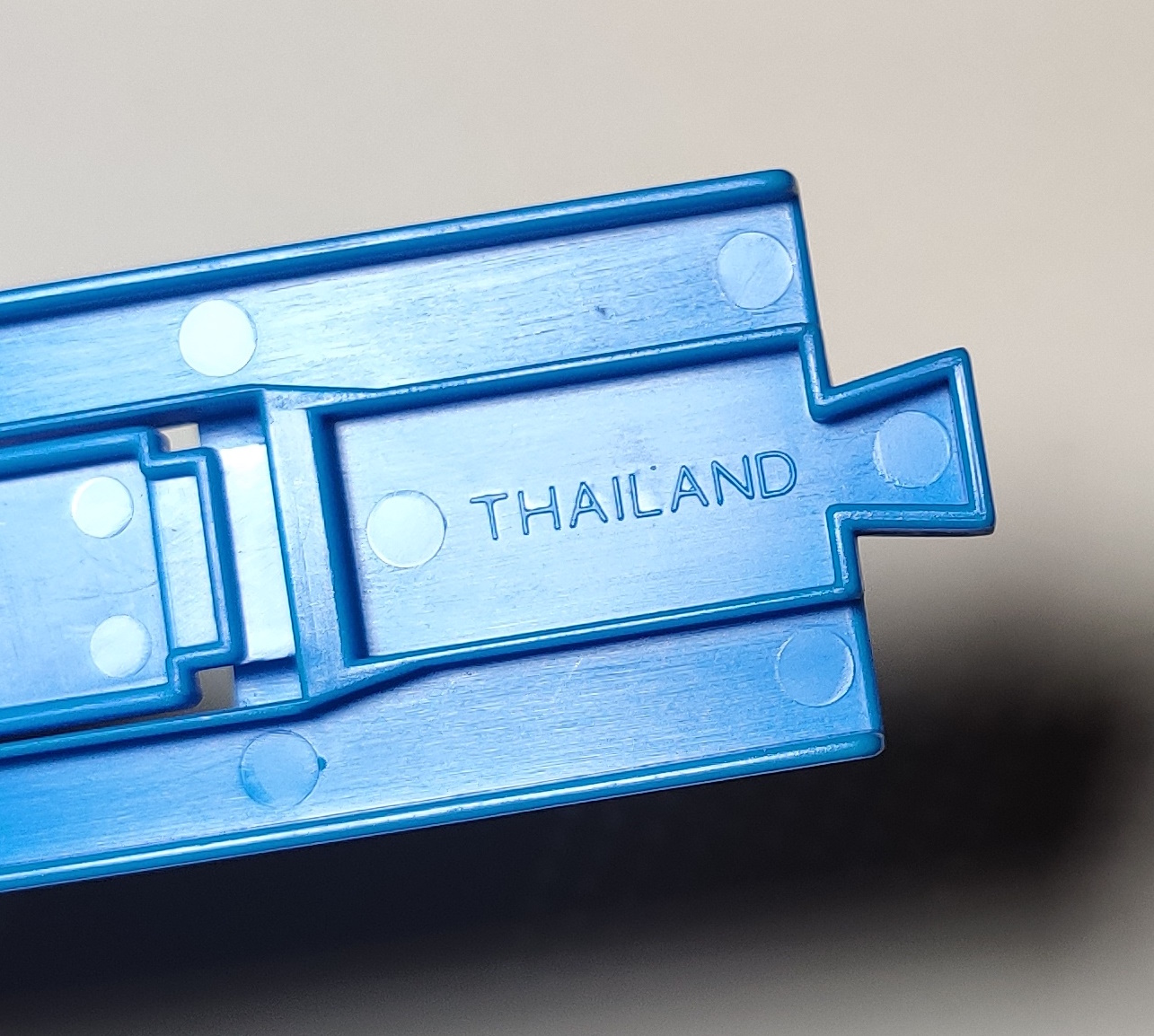
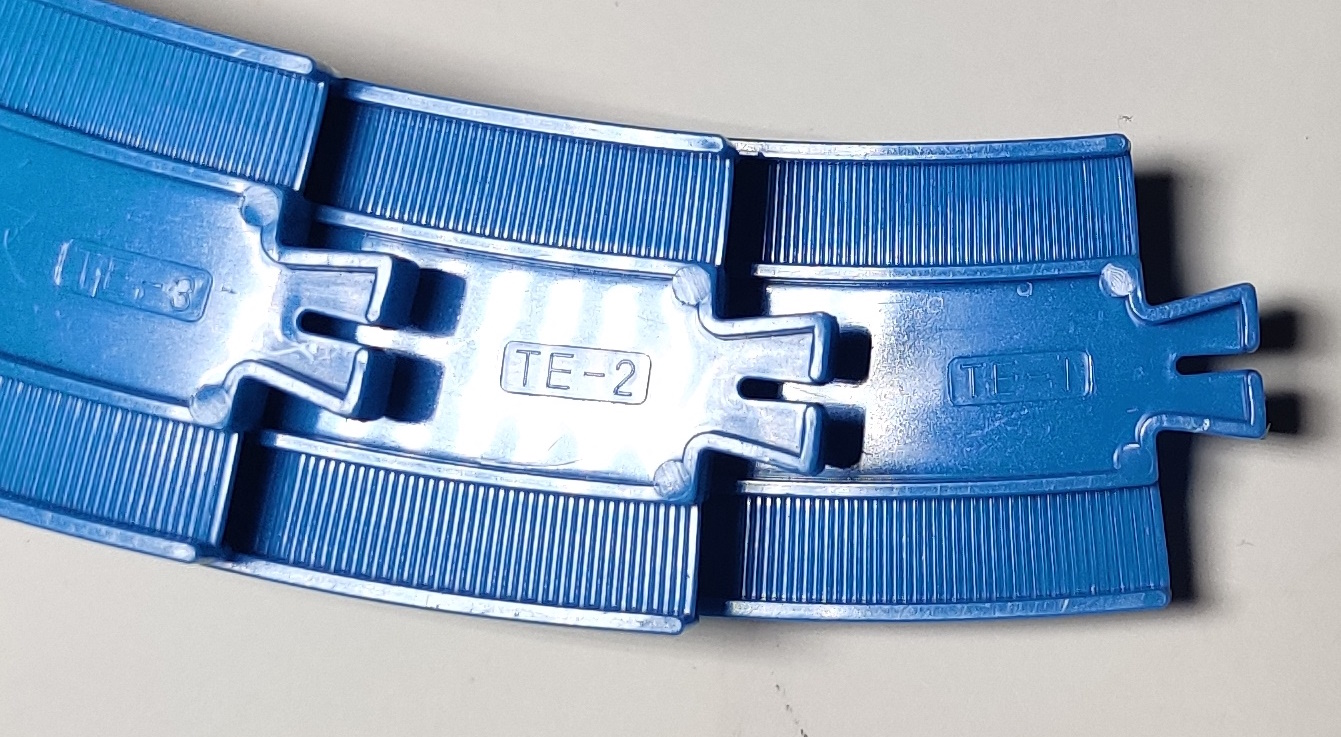
The early Thailand signal has the metal rivet holding the arm onto the signal body instead of the later all plastic design. The tree is only marked as Thailand on the bottom of the base, not the stem or tree itself like the earlier Japanese trees.
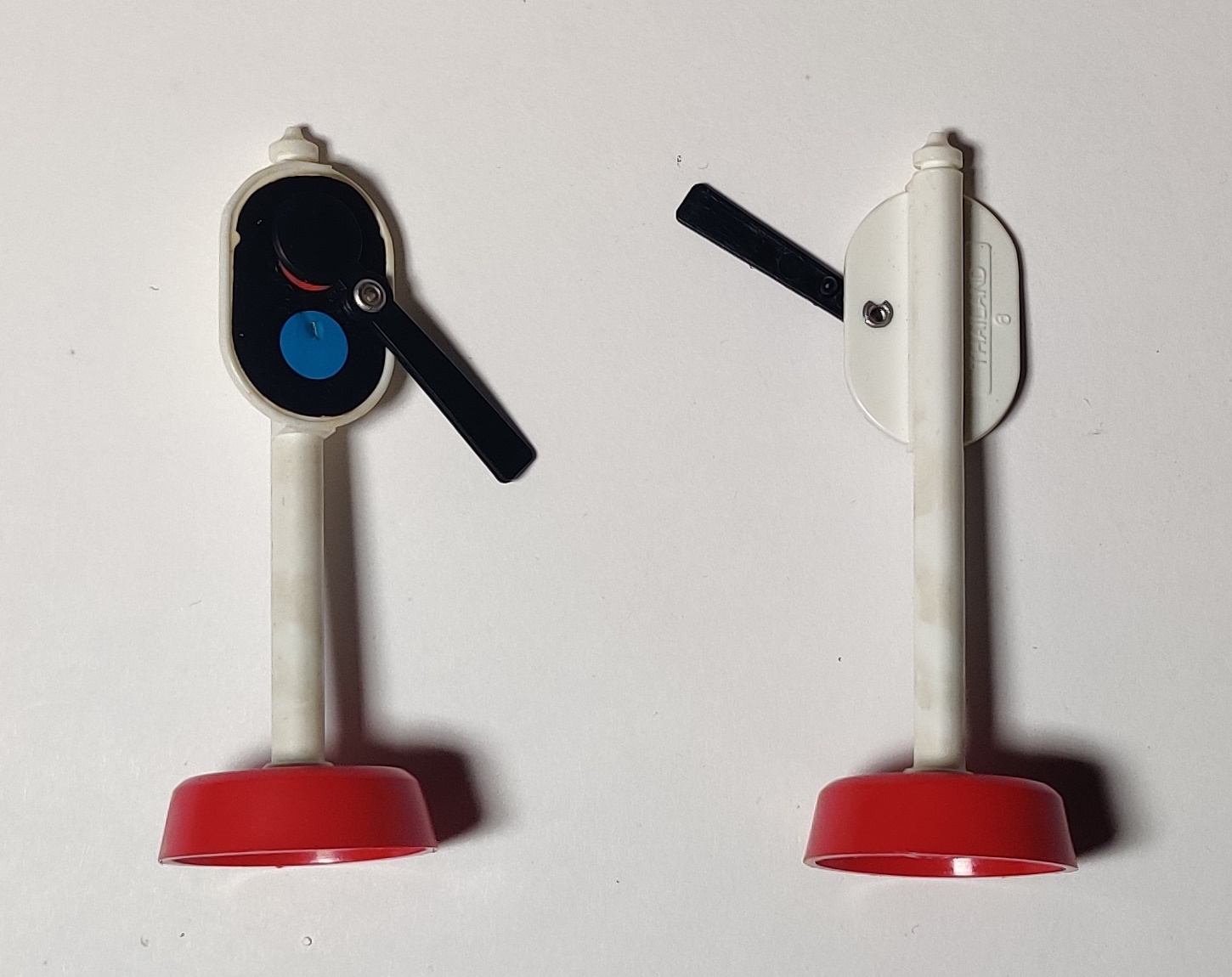
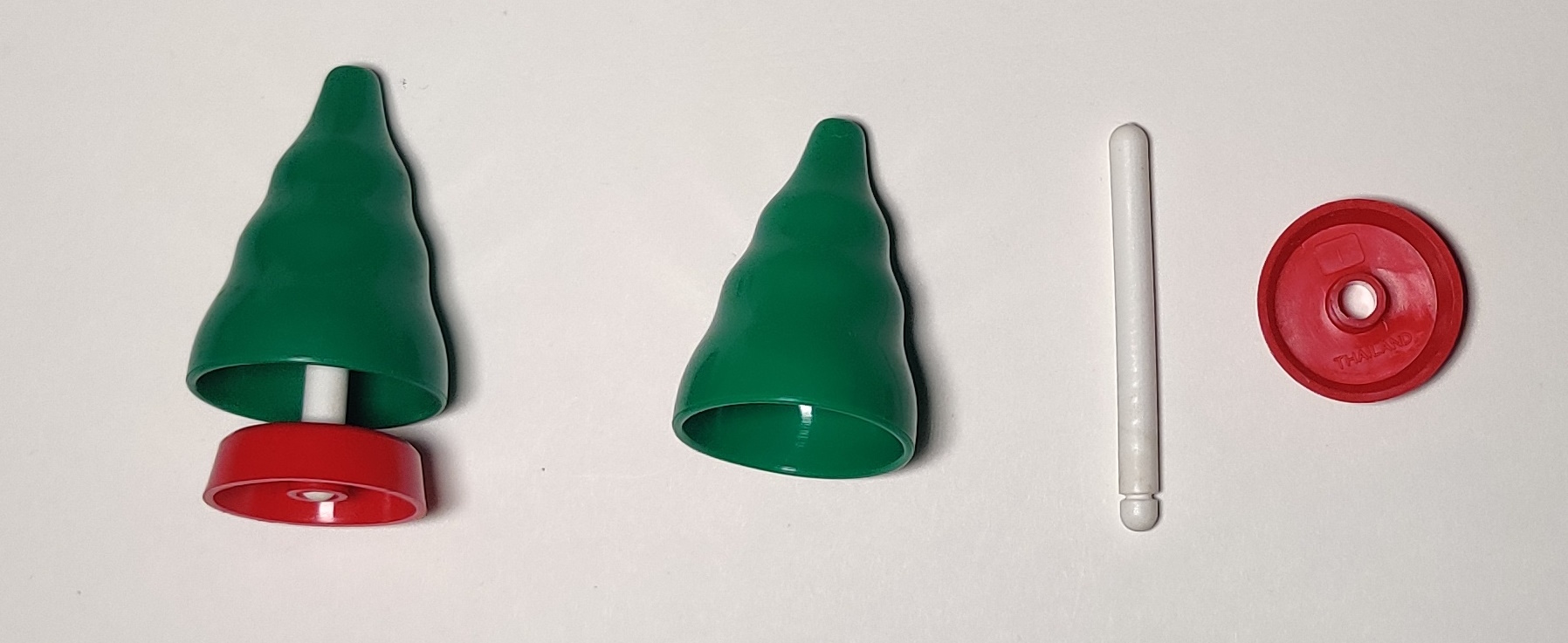
Although the layout is fairly basic, it is more fleshed out than the even simpler oval basic sets and the engine having two speeds as well as the sets of points and the stop rail by the station certainly add to the play appeal.
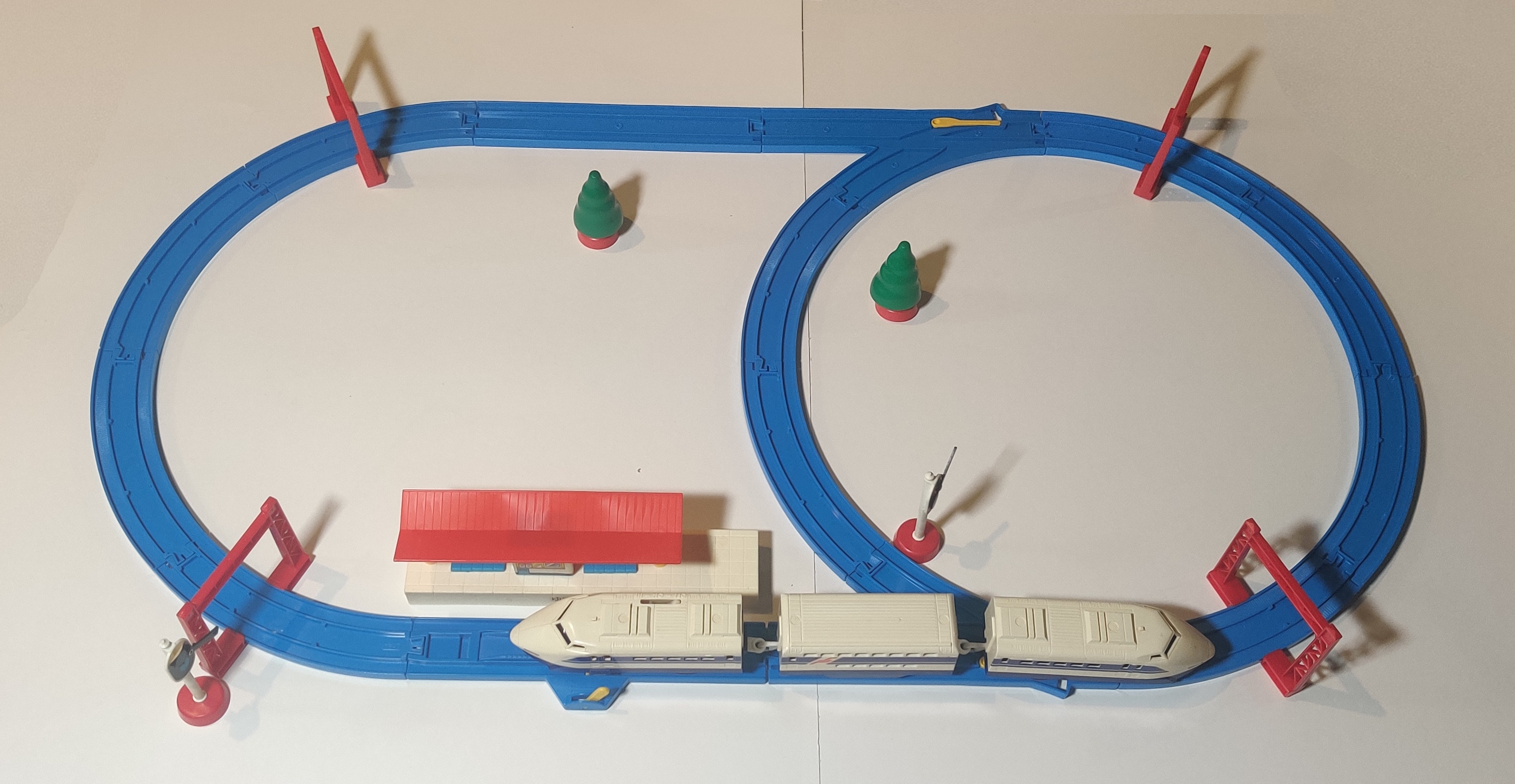
Click for video with sound
I do have a copy of the manual for this set but it came with a loose copy bought some time in 2021 while the boxed set primarily shown here was purchased in 2023. This set was on sale for a number of years and the manual I have was printed in Thailand like the boxed set.
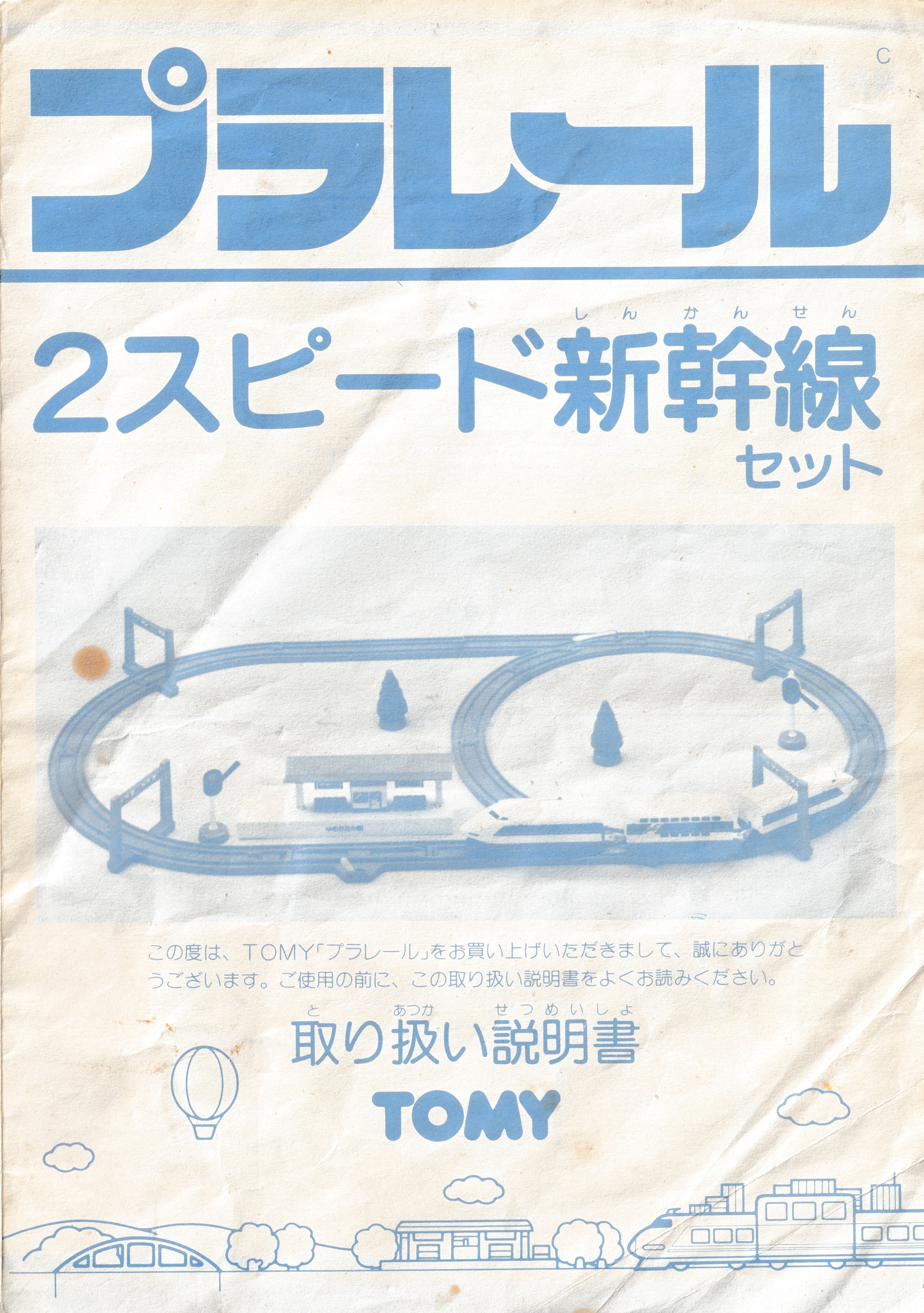
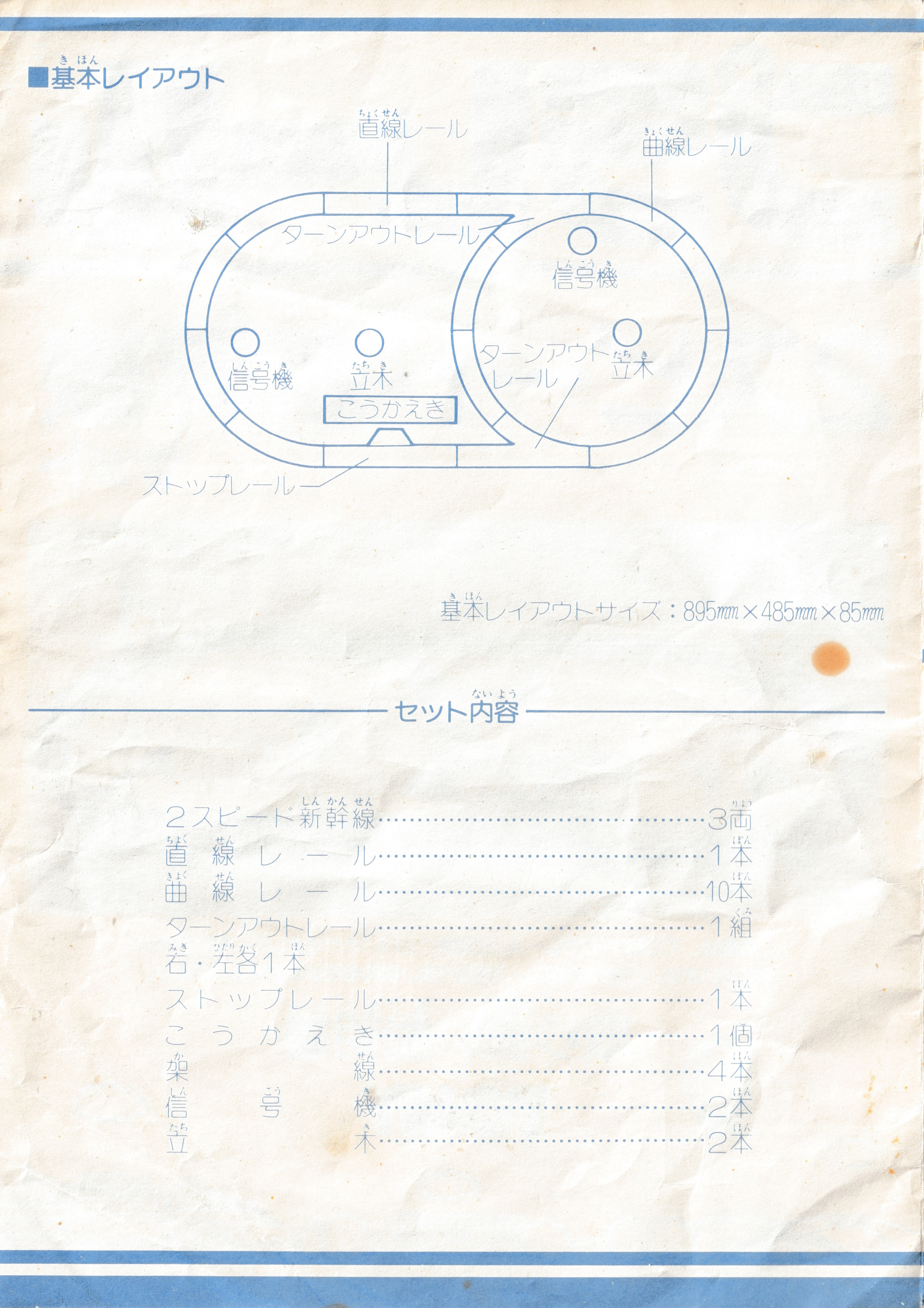
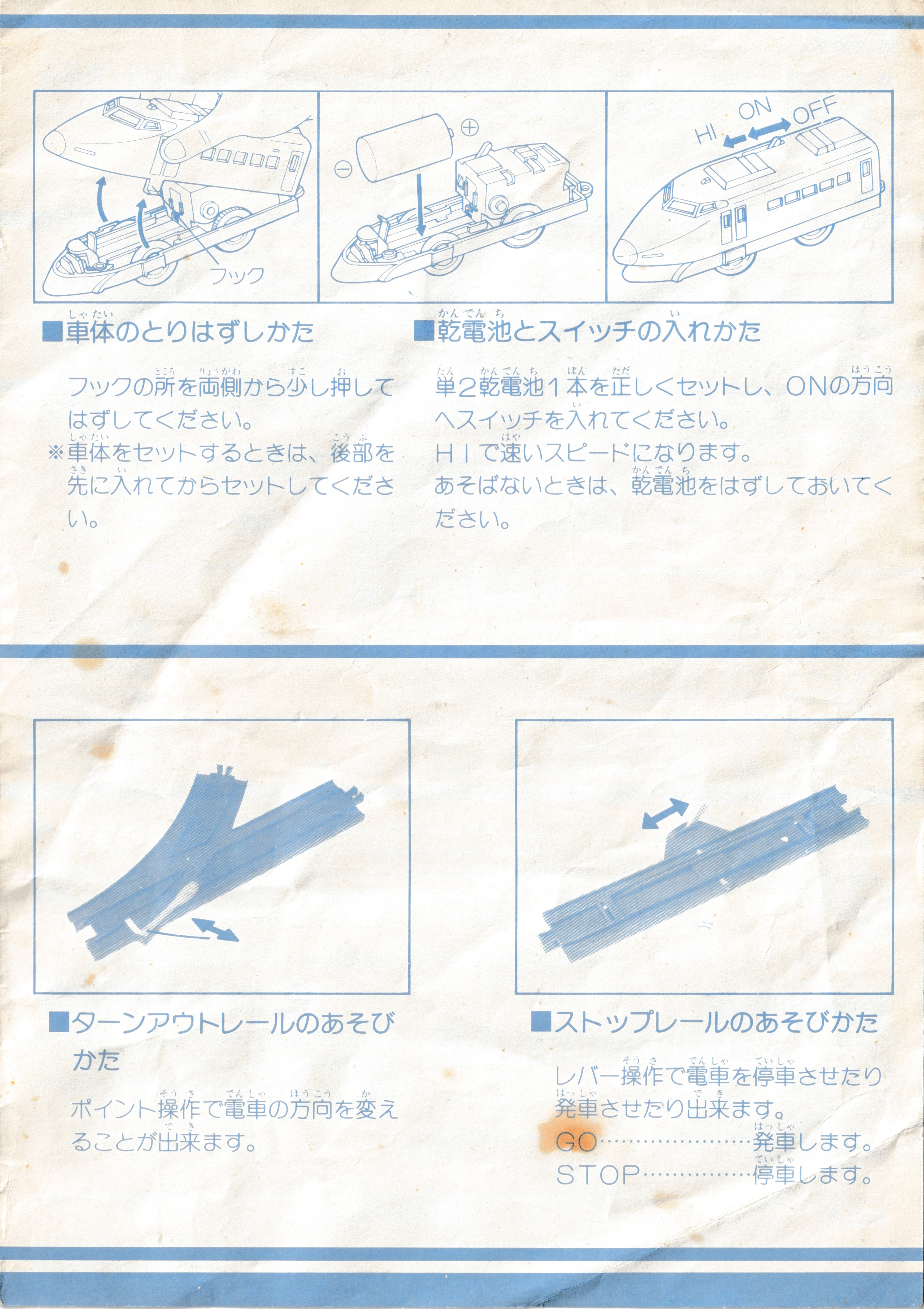
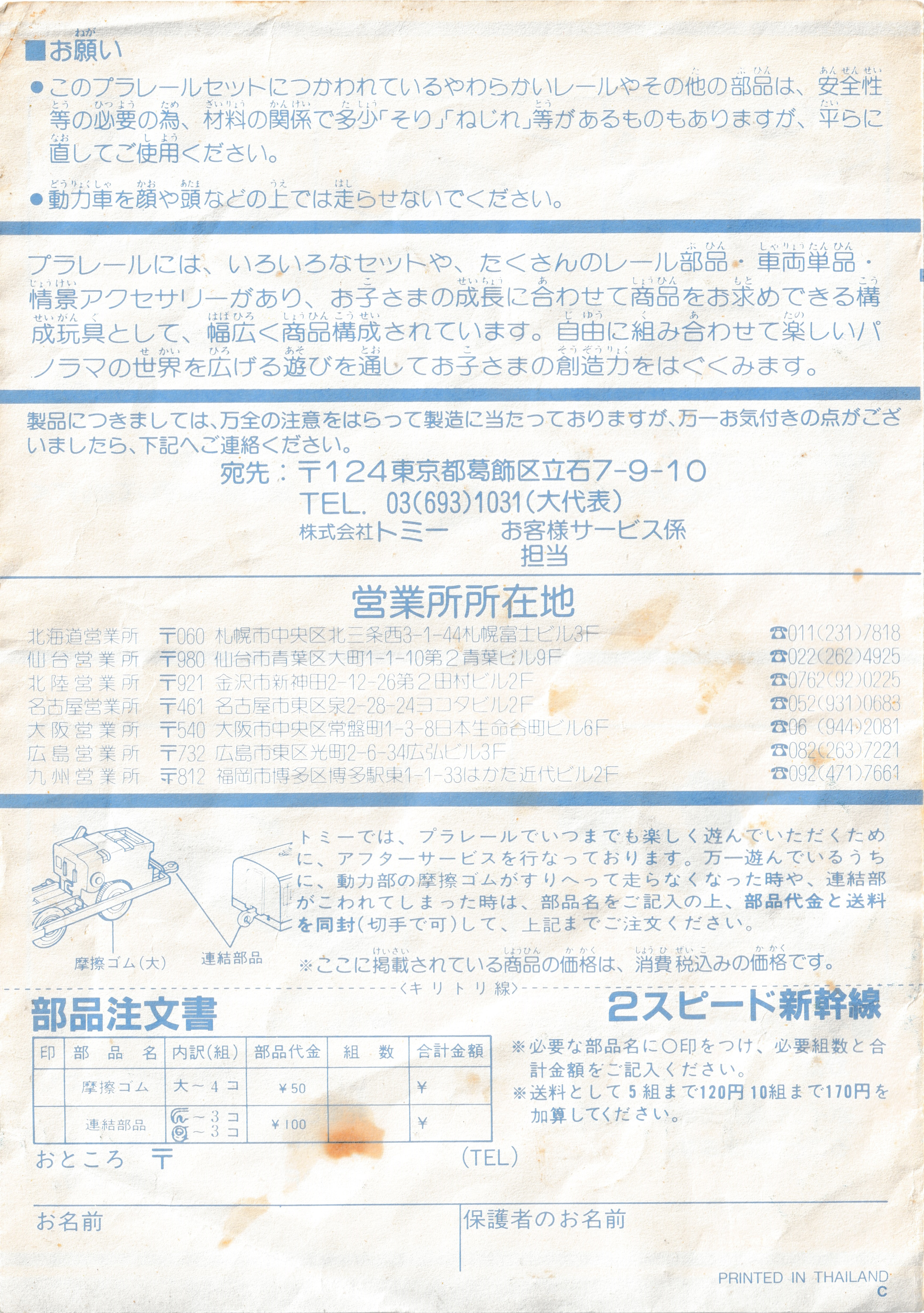
Here is what the slow and fast speeds of the 100 series look like running on this set.

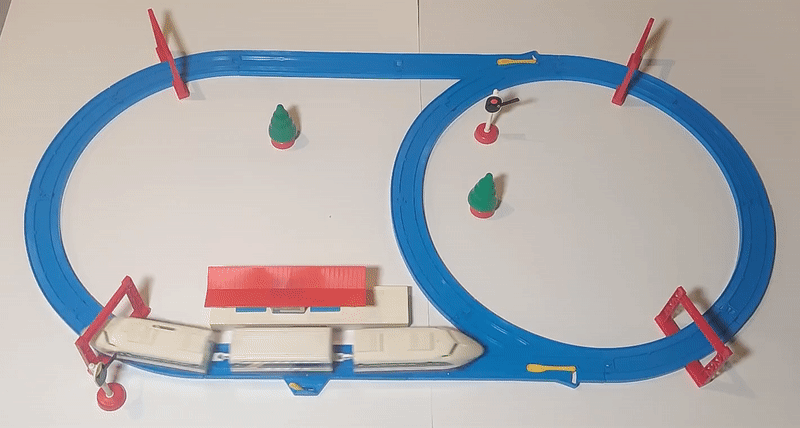
2-Speed Shinkansen Set (Japanese make)
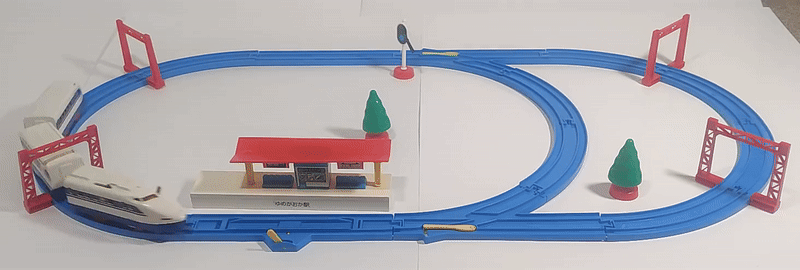
I have acquired a loose example of a Japanese-made copy of this set most likely dating from 1987 or 1988.
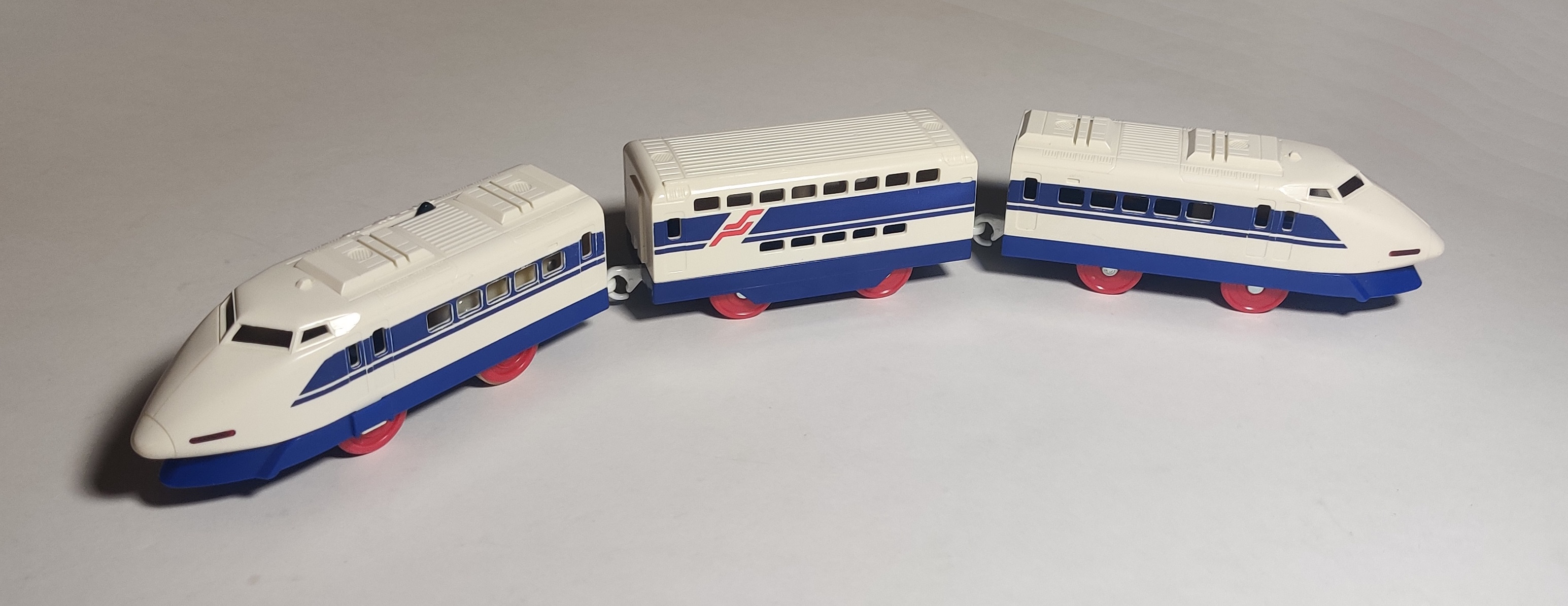
The overall contents of the set are externally identical with only the specific differences in production between Japan and Thailand. In particular, the 100 series train included is a made in Japan 2-Speed Shinkansen with a black power switch and gearbox gears.
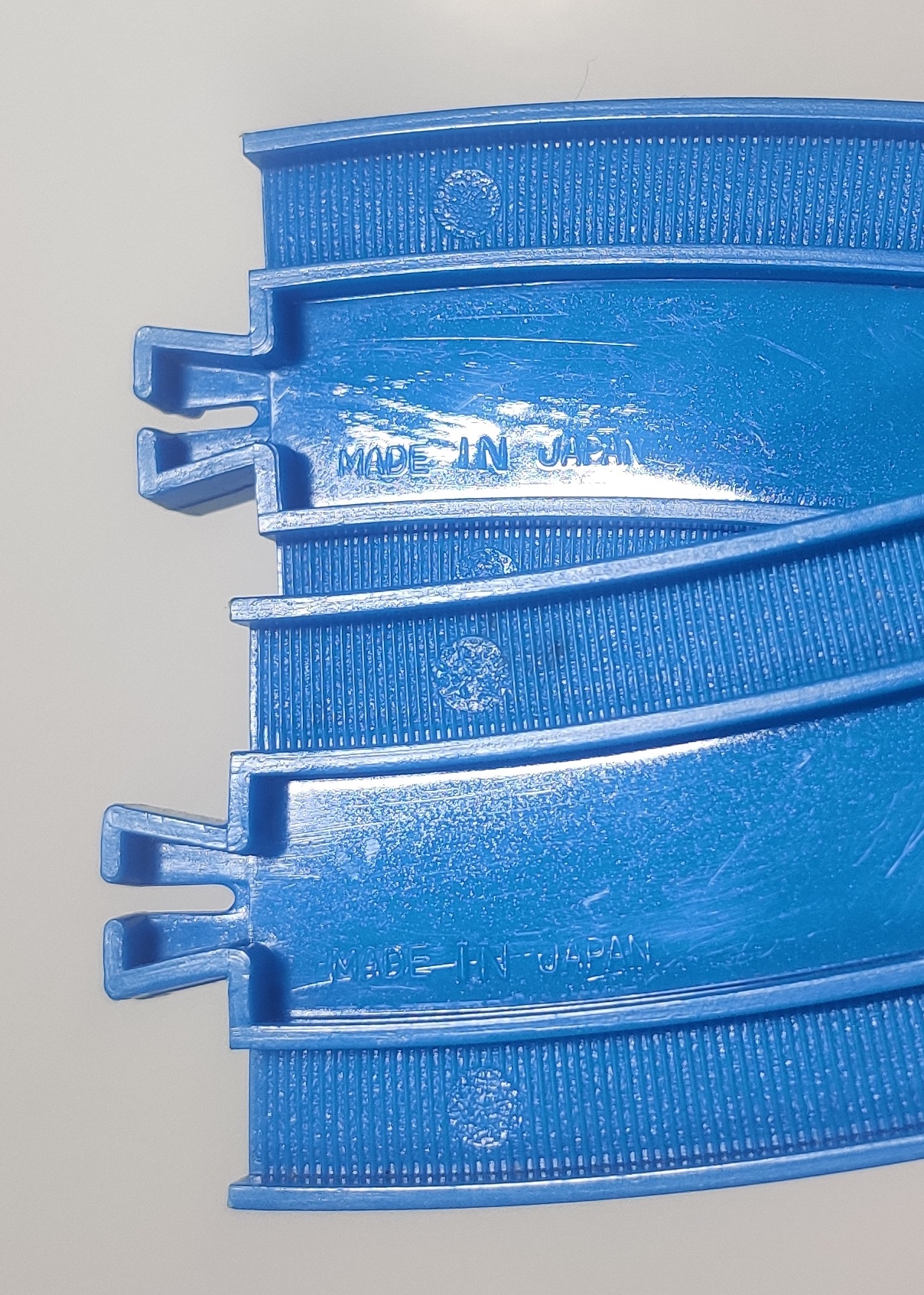
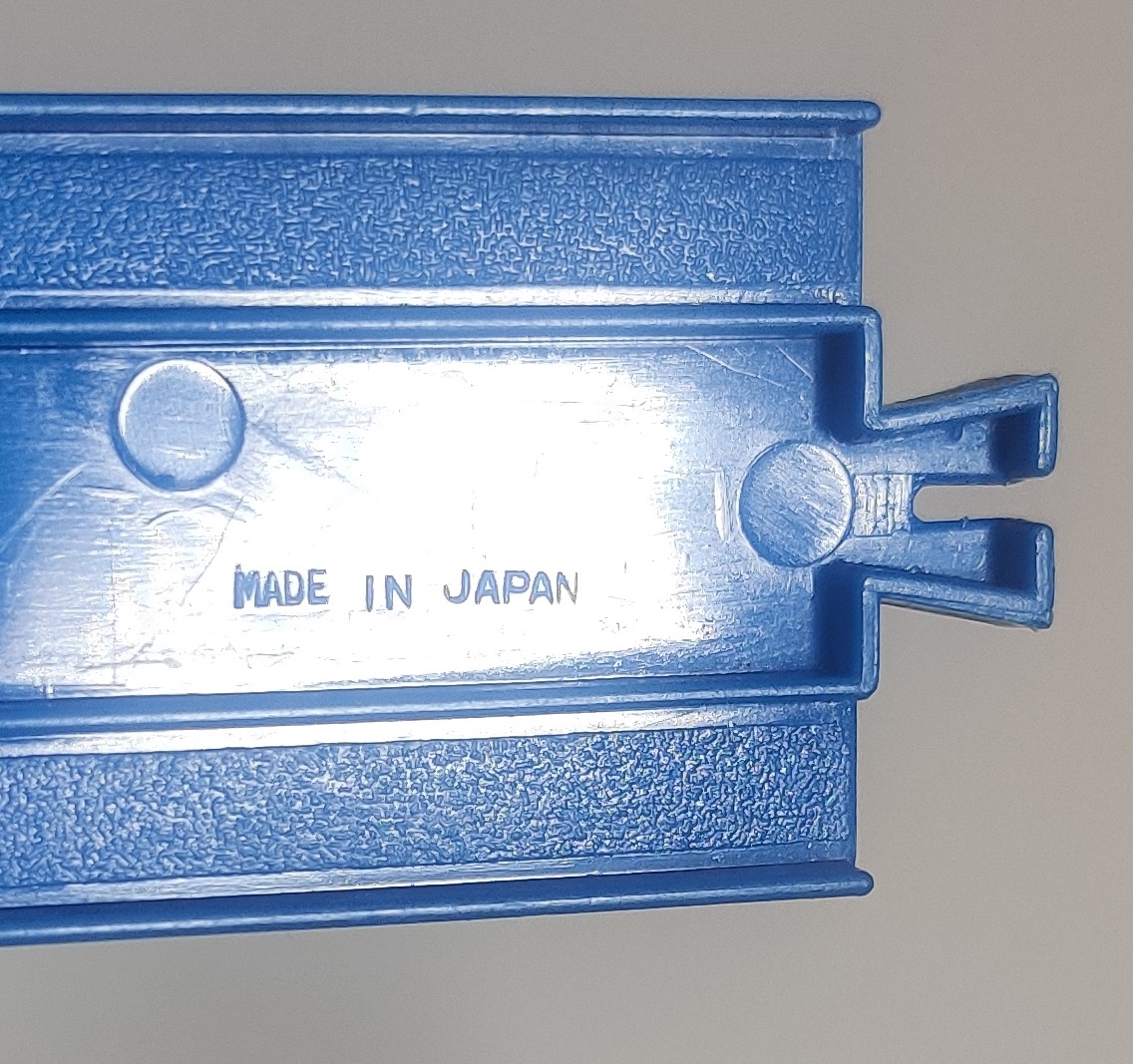
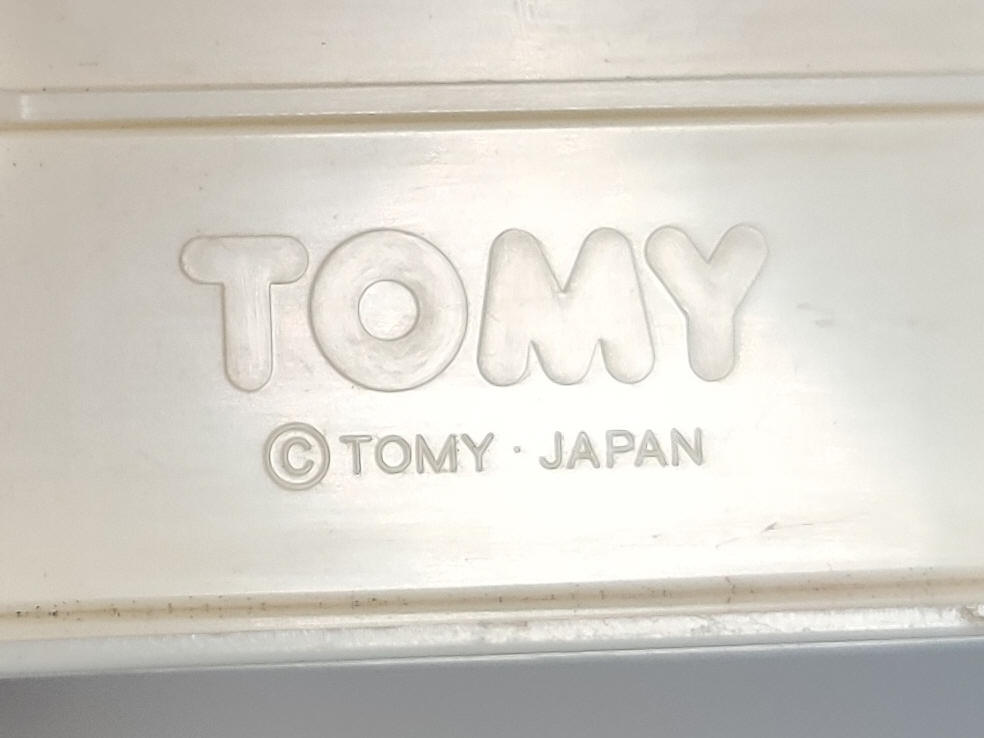
The rail and accessories in this copy are all late 1980s made in Japan examples, with the curve and straight rails using an early not-as-pronounced tread over roughtop tooling. Turnouts were still roughtop surfaced. Trees, signals, and the Elevated Station are all marked made in Japan.
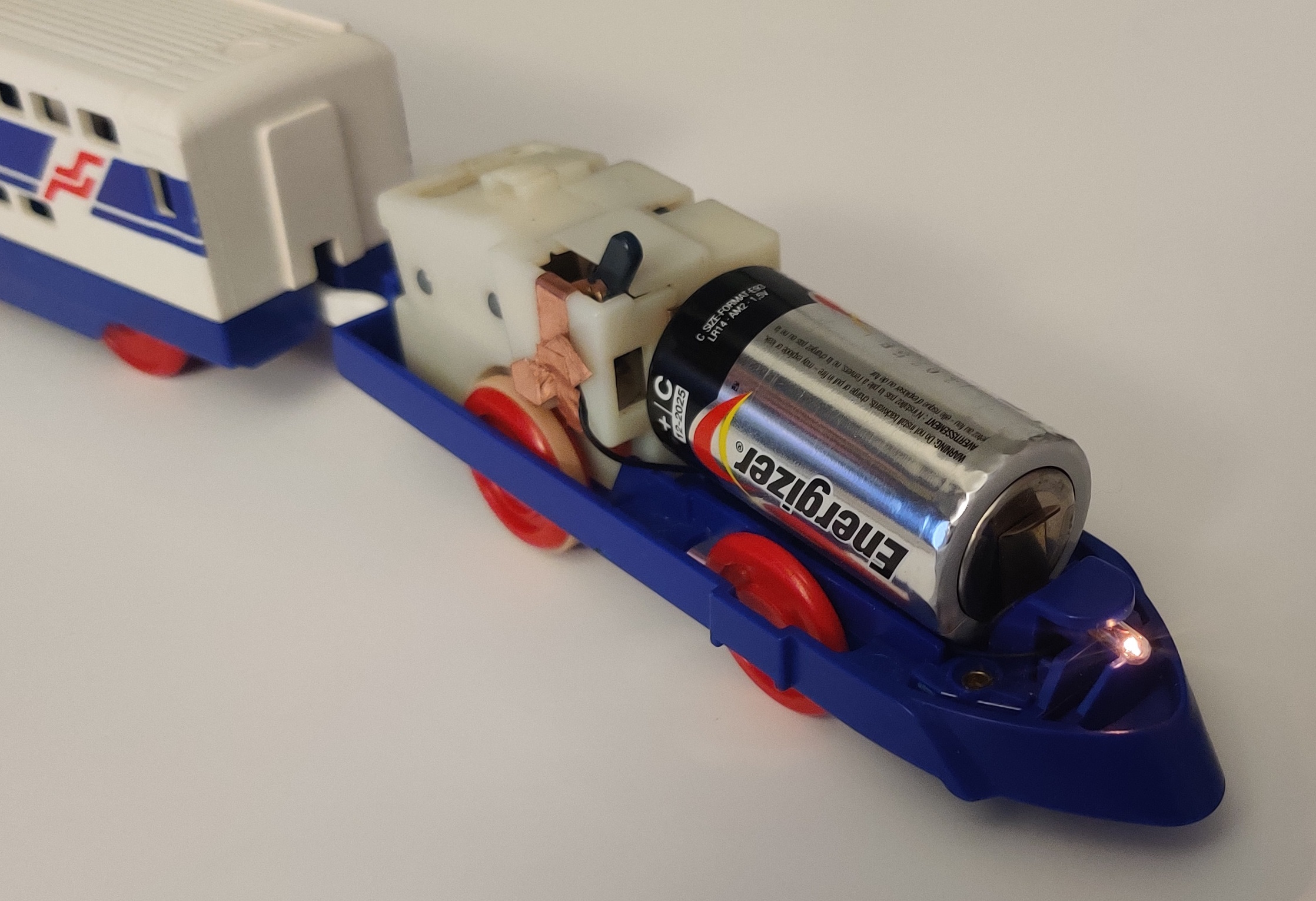
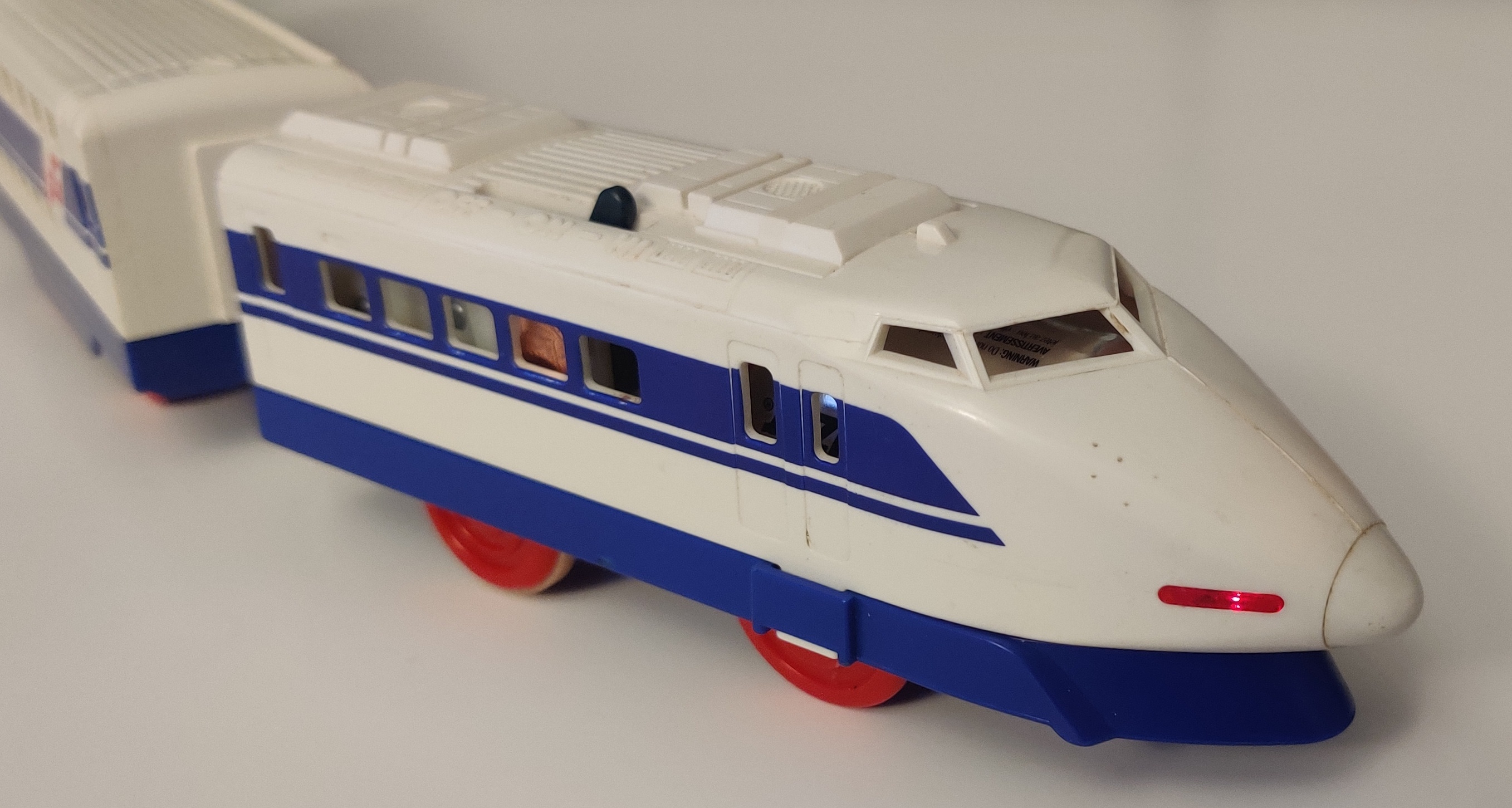
I did something that I had thought about since seeing the remnants from the light support from the old power New Shinkansen with Light in the new power 100 series tooling and put a grain of wheat bulb into it to create the ultimate made in Japan 100 series.
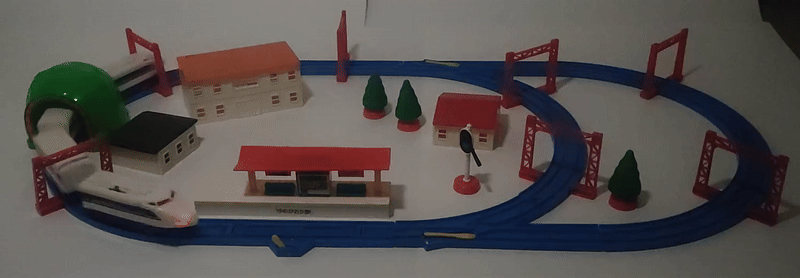
The lot that this copy of the set came in also included some other small accessories and track pieces as well as an extra 100 series intermediate car (as well as some other intermediate cars). With a light, second car, and some Guidancetown U.S.A. buildings and other accessories I think even a smaller set like this can be cool.
| Set name | 2-Speed Shinkansen Set 2スピード新幹線セット |
Release period | 1987-1989*; 1990 |
| Train rating |
    
| Track rating |
     |
| Accessory rating |
     | Overall |
     |
| Notes: | *Japan production | Price | 3200 yen (1990) |